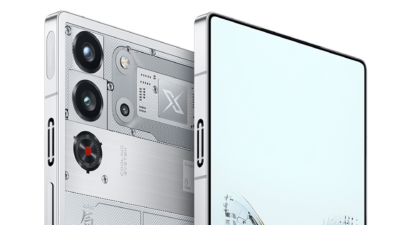iPhone 15 Pro series overheating issues can be solved with a cost

It’s not exactly a secret that Apple’s new phones are giving the company problems. More specifically, there have been numerous instances of the iPhone 15 Pro and iPhone 15 Pro Max overheating. A well-known insider claims that Apple can fix the overheating issues with the iPhone 15 Pro, but at the expense of performance.
Apple can fix the overheating problems with the iPhone 15 Pro
Ming-Chi Kuo, a well-known Apple analyst and tipper, is the source of this information. In his blog, Kuo discussed this subject and said that some of Apple’s design choices had a negative impact. The heat dissipation area of the iPhone 15 Pro and iPhone 15 Pro Max appears to be smaller, and the titanium frame’s thermal efficiency has also decreased. In essence, the combination of these two causes the phones to overheat. Because the Apple A17 Pro SoC is so powerful, it requires space to breathe.
Not just when you push the iPhone 15 Pro series models to their maximum, it is said that they heat up quite quickly. Even some less strenuous occupations can cause them to become overheated.
Phones became overheated because of several distinct acts
While ChatGPT was cited in some papers, others claimed that utilizing social networking apps caused this. One complaint claimed that after just a 5-minute phone call, the iPhone 15 Pro Max’s temperature reached 42.2°C (108°F). It became “too hot to handle” in the vicinity of the rear camera. As expected, the factory reset was ineffective.
Kuo thinks a software update can resolve the issue, but Apple will have to reduce the Apple A17 Pro’s performance. He also thinks that in order to maintain momentum, Apple will need to act swiftly. Currently, there is a big demand for the iPhone 15 Pro line.
These problems do not exist with the iPhone 15 or iPhone 15 Plus. They’re built of aluminum, which is more likely to dissipate heat than titanium, and are powered by the Apple A16 Bionic.
RS News or Research Snipers focuses on technology news with a special focus on mobile technology, tech companies, and the latest trends in the technology industry. RS news has vast experience in covering the latest stories in technology.









